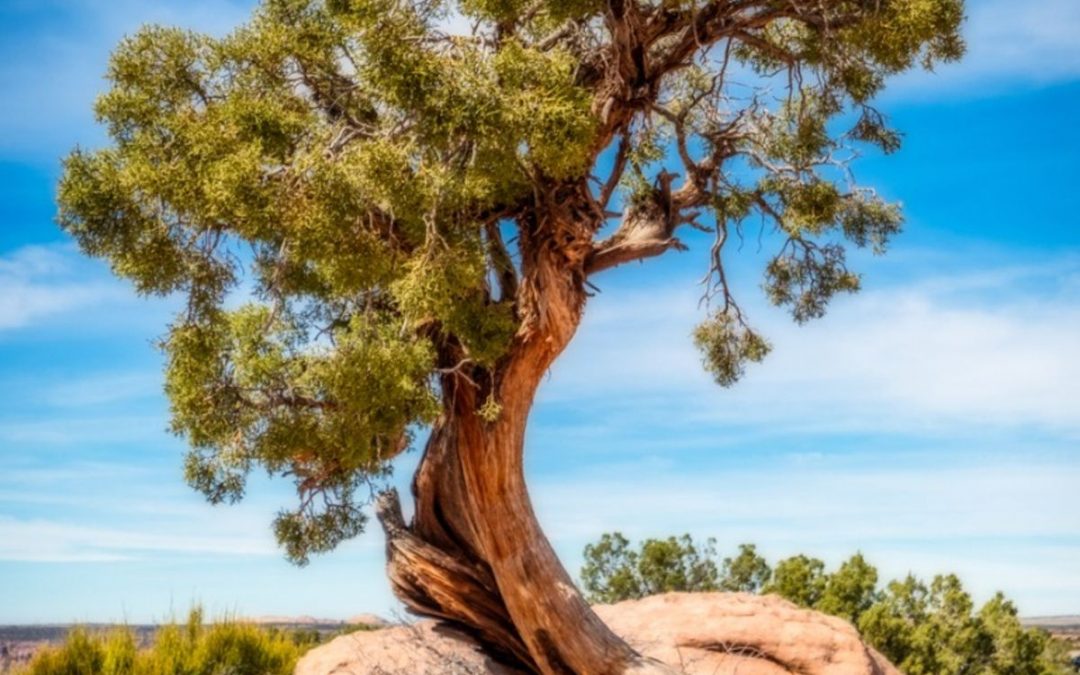Table of Contents
Drought-Tolerant Plants and Gardens: Landscaping Ideas
Those who live in arid or drought-prone areas frequently yearn for lush greenery and brilliant blossoms in their environments. Many people associate drought tolerant landscaping with dreary expanses of drab dry plants with little color everywhere. Today, this picture is far from the reality of what even inexperienced landscapers can do, particularly in more dry environments. It takes a little more initial preparation to get the desired landscaping impact. Everyone may have the landscape of their wildest dreams with a little study, time for learning, and the required time and work.
Why is the planning stage regarded as the most important step in landscaping?
While creating a groomed lawn or garden area in a dry and hot environment has some unique problems, most experienced landscapers agree that the planning stage is the most critical element in any landscaping job. Too many people fail at this task because they did not take the time to study how this kind of landscaping is done beforehand. Other vital information to understand is the climate and growth zone of your land. This is significant when it comes to selecting the suitable plants.
Examine the Nature of Your Specific Landscape in Depth
Before beginning a major landscaping job, it is critical to carefully examine the overall nature of your unique and very particular landscaping characteristics that are currently existing. Determine how dry the soil is and what it is made of. Take note of where the sun shines and where it is shadowed. Look up the planting and growth zone information for your geographical location on a computer, in a landscaping or gardening book, or get guidance from a local landscaping firm or nursery.
Determine how you want to use the landscaped space after it is completed.
Determine what you want to do with your freshly manicured area after all of the hard work is over. Today, more homeowners are extending their interior living areas outdoors. To create their ideal landscape platform basis, they construct patios, build decks, or design their grounds. If you want to utilize your yard as an entertainment area for outdoor gatherings, split it into seating/dining zones, set up a cooking station, or expand out from an outdoor pool.
Choosing Drought-Tolerant Plants, Flowers, and Landscaping Elements
Choosing the correct plants, flowers, and other landscaping materials and accessories may be a lot of fun if you know what to anticipate. This is part of the project’s inventiveness. Take the time to study and learn about professionally done places for beginning landscapers. Visiting other locations where the scenery appeals to your inner soul might help to kindle your own creative spirit and bring inspiration.
Obviously, it is important to pick drought-tolerant plants, flowers, shrubs, bushes, or trees that are known to thrive in the particular planting zones of your region. After you’ve decided on some plants you like, seek for plants that grow well and need the same sorts of environmental conditions as your chosen plants to begin the creative step.
Plants that thrive in drier Mediterranean conditions (such as Southern California) include:
Agave – Plant two varieties, such as Blue Glow and Blue Flame.
Look for colorful border blooming plants such as Verbena, Rudbeckia, and Antirrhinum.
For added depth and visual appeal, combine succulents with durable grasses, evergreen plants, and layered blooming plants.
Plant at the Appropriate Time and Location
Before you go out and purchase your preferred plants, be sure to investigate when the optimal time is to plant each plant and where they should be planted. Cactus plants thrive in direct sunlight, while other drought-tolerant plants like some shade. Remember to allow freshly planted greenery, flowers, and plants enough time to establish their roots. This indicates that the plants will need water and attention until the plant and roots get established.
Many first-time gardeners or those looking for a simpler start may seek the services of a local professional landscaper to advise or design the area so that the more difficult job is performed appropriately. Following that, the homeowner may accept the landscaper’s ideas and guidance and maintain the upkeep.
Consider Including These Features in Your Landscaping Design
A personalized landscape may be designed in a variety of ways. Many landscapers want to include distinctive features that highlight their design aspects and make the area aesthetically interesting and layered with different depth-giving plants. Remember that certain plants vary with the seasons, offering gardeners even more design possibilities.
Many people use natural flagstones, cobblestones, and other materials to build paths that meander across their land. When changing the present land components, knowing which stones, boulders, and other natural characteristics to employ for increasing the ground soil and water content is critical. Some desert areas need the installation of a barrier to prevent rainwater runoff from being wasted as it flows down towards essential storm sewers and drains.
Some property owners install a fence that compliments the architectural style of the house or highlights the natural surroundings. These fences may be made of wood, metal, cement, and a variety of other materials. Gravel, small stones, and wood chips can be used to fill in areas where grass does not grow well, and decorative planters, window boxes, and hanging plants can all help to make a landscape more beautiful and unique.
Many homeowners build into the natural landscape by planting rock gardens and connecting the levels with steps that lead to a patio. Having a vision for where you want to take your property might help to guarantee that everything fits together when you’re done. Beautiful drought-tolerant landscaping is attainable!

